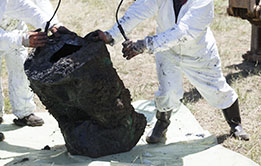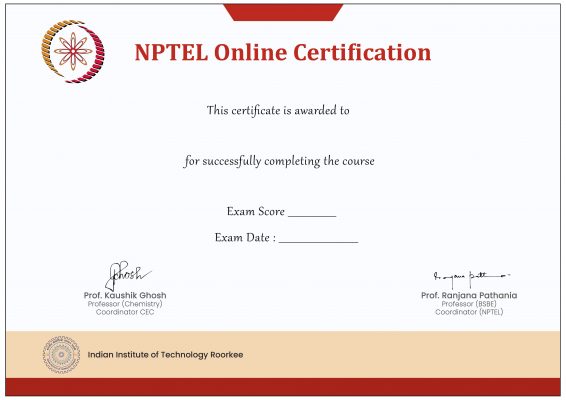Description
The course details the usual remediation techniques practiced worldwide and provide an understanding of the relevant theoretical concepts. The current course will enable a student to:
• Develop understanding of integrated approaches to remediating contaminated sites.
• Develop the ability to screen, choose and design appropriate technologies for remediation.
INTENDED AUDIENCE
Environmental engineering professionals and students pursuing a degree with emphasis in Environmental engineering.
PREREQUISITES
Entry level chemistry course, and understanding of chemical, physical and biological processes on Environmental Engineering
INDUSTRY SUPPORT
CPCB, SPCB, Degremont, ERM, Ramky Enviro Engineers, Veolia Water, SFC Environmental Technologies Pvt. Ltd., Nalco Water, VA Tech Wabag, Thermax
ABOUT THE INSTRUCTOR

Dr. Bhanu Prakash Vellanki, is an Assistant Professor at IIT Roorkee. He holds a PhD in Civil Engineering with a specialization in Environmental Engineering from Texas A&M University. During the course of his doctoral work, Dr. Vellanki developed a new class of treatment processes, called the Advanced Reduction Processes. His research interests include Advanced Redox Processes, industrial/hazardous waste treatment, and emerging contaminants.



Reviews
There are no reviews yet.